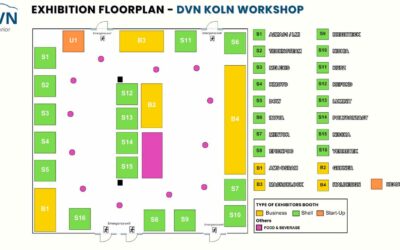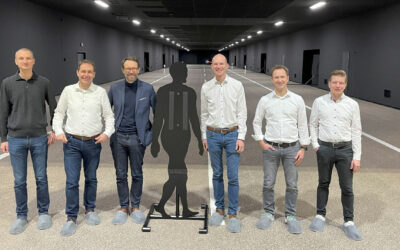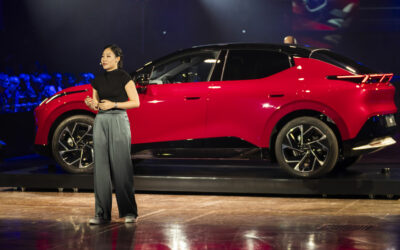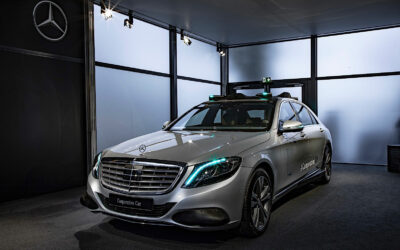Today, some top-segment cars (in countries where it’s allowed) offer the possibility to replace traditional side rearview mirrors with digital camera systems, reproducing road vision on a display. While this innovation has been on the market for some years, it is not yet becoming mainstream. To understand why, let’s go back to the roots to capture the key industry steps on rearview mirrors, and let’s compare with the latest innovations.
History of Rearview Mirrors in Cars
The rearview mirror is one of the simplest yet most essential components of modern automobiles. While it seems like an obvious necessity today, its development has an interesting history intertwined with the evolution of cars themselves.

Early Concepts and Pre-Automobile Era
Before the invention of automobiles, early forms of rear-viewing devices were occasionally used on horse-drawn carriages.
One of the earliest known uses of a rearview mirror on an automobile occurred during the 1911 Indianapolis 500 race. A driver named Ray Harroun installed a mirror on his Marmon Wasp race car, eliminating the need for a riding mechanic who typically served as a spotter
Following Harroun’s innovation, automakers began to recognize the utility of rearview mirrors. By the 1920s, they started appearing more frequently in production cars. During the 1930s, automakers began incorporating both interior and exterior mirrors more consistently into vehicle designs, setting the foundation for their widespread adoption.
In the 1950s, new developments improved rearview mirrors’ functionality. The introduction of the day-night mirror, which allowed drivers to adjust for glare from headlights at night, significantly improved driver comfort and safety.

By the 1960s, exterior side mirrors became increasingly common. In many regions, they were mandated as standard safety equipment for all vehicles
In the 70s, automotive safety regulations further influenced rearview mirror design. The U.S. Federal Motor Vehicle Safety Standardsbegan to require all vehicles to include both an interior rearview mirror and at least one external side mirror. The first European directive to that effect was published in 1971.
As technology advanced, traditional rearview mirrors evolved new functions and came to include cameras, displays, and auto-dimming features. Some key developments include:
- Auto-dimming mirrors to reduce glare from headlights at night.
- Integrated high-definition cameras provide a live video feed in rearview mirrors.
- Blind spot monitoring systems use radar and sensors to alert drivers to vehicles in their blind spots.
- Digital mirrors replace traditional reflective-glass panels with high-resolution camera-driven screens, offering a wider and clearer field of view.
Today, one of the most groundbreaking innovations in recent years is the shift from traditional side and rearview mirrors to digital camera-based systems,commonly referred to as mirrorless vehicles.
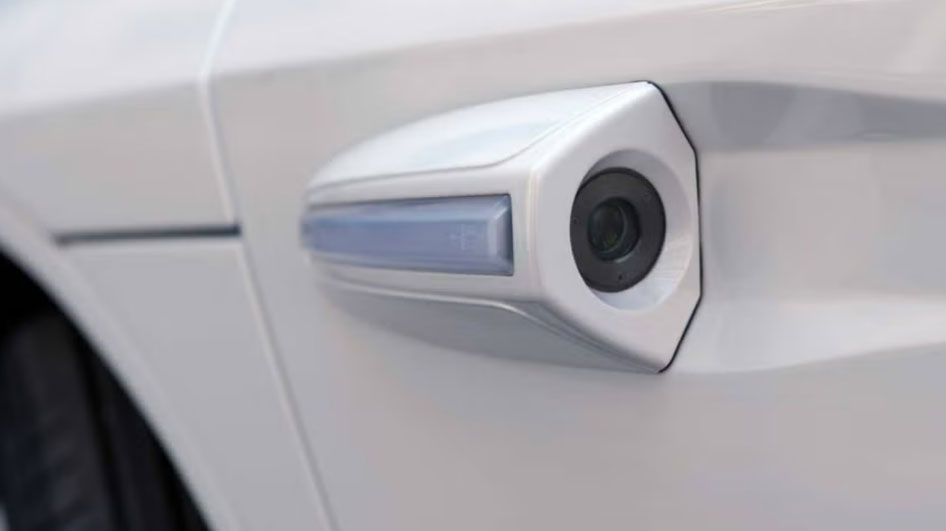
Camera system
The core component of mirrorless vehicles is the camera system, which consists of high-resolution, wide-angle cameras. These cameras are strategically placed on the vehicle’s exterior to cover necessary fields of vision. The cameras typically have high dynamic range (HDR) for better contrast in varying lighting conditions; infrared capabilities for night vision, and antiglare coatings to minimize reflections from headlights and sunlight.
Display screens
The video feed from the cameras is displayed on high-resolution screens inside the vehicle. These screens are usually positioned near the A-pillars or integrated into the dashboard or in-between the door and the dashboard. The placement ensures that drivers can view the feed without significantly shifting their gaze away from the road.
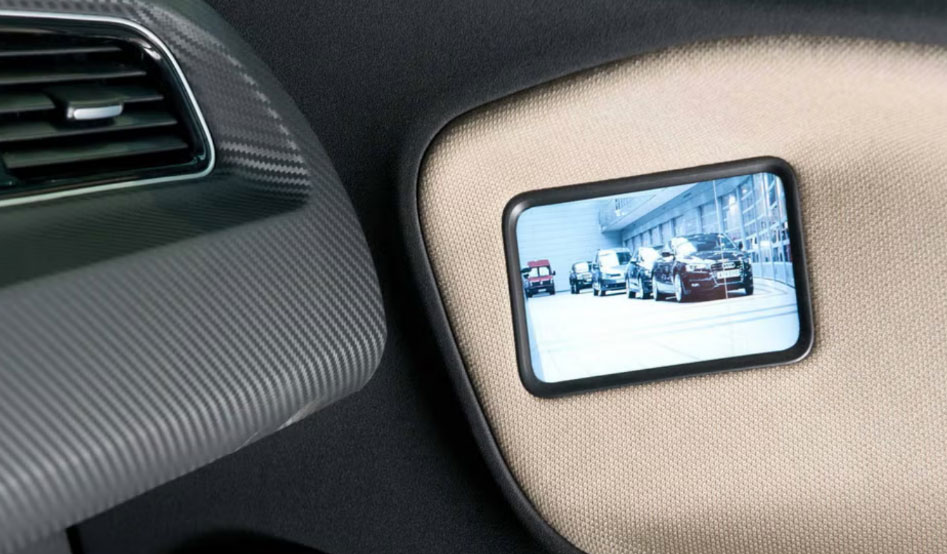
Image processing and AI
To ensure a smooth and clear display, the camera feed undergoes real-time image processing using AI algorithms to enhance image quality, adjust brightness and contrast, and filter out unnecessary distractions. Some systems also include predictive analytics that warn drivers about potential hazards detected in the camera feed (like a blind spot warning).
Connectivity and integration with autonomous systems
Mirrorless technology integrates seamlessly with other advanced driver-assistance systems (ADAS), such as blind spot monitoring, lane departure warning, adaptive cruise control, and collision avoidance systems. By combining these technologies, mirrorless vehicles contribute to the broader goal of autonomous driving, where cars rely on sensors and AI for navigation and decision-making.
So what’s the holdup?
In principle, the use of cameras instead of traditional mirrors should be an innovation able to replace in a short time the current mirror systems, as has happened with other hi-tech innovation in the vehicle that became quickly state of the art.
And regulations, at least outside the North American regulatory island, are evolving towards the compulsory use of camera technology. The recent development of the EU General Safety Regulation II (GSR II), has introduced several new rules the vehicles on EU roads must comply with, from 7 July, 2024, like reversing detectionwithcamera and/or other sensor technology. Camera monitor systems provide a clear view of the area behind the vehicle, alerting drivers to vulnerable road users or obstacles they might not see otherwise and lowering the risk of accidents.
Nonetheless, regardless of advanced technology available and regulation progress, westill don’t have mirrorless cars on the road today.
The reasons include technical-safety ones, simple end-user skepticism, and cost of such systems.
So let’s look at some pros and cons, and try to understand why mirrorless cars will most probably remain, still for some time, an option for the wealthy tech-lover.
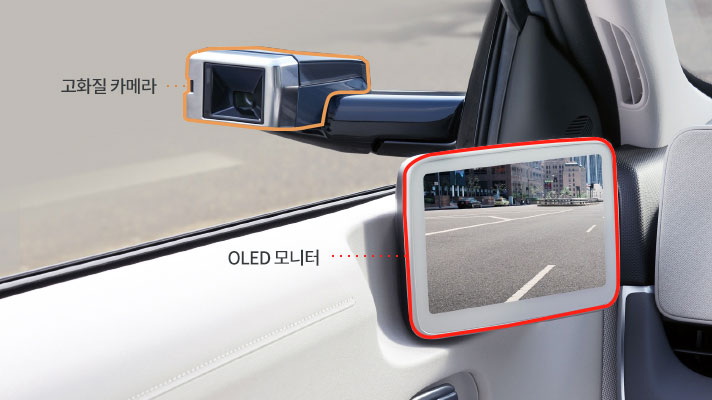
Advantages
- Better visibility
One of the primary advantages of mirrorless technology is improved visibility. Traditional mirrors have inherent limitations, including blind spots and poor performance in adverse weather conditions such as rain, fog, and darkness. Camera-based systems, however, can be equipped with night vision, anti-glare, and weather-resistant features, providing a more reliable and comprehensive view of the vehicle’s surroundings.
Moreover, these systems can incorporate advanced driver-assistance features such as object detection, lane departure warnings, and real-time hazard alerts. This significantly enhances road safety by reducing human error, which is a leading cause of accidents worldwide.
- Reduced Aerodynamic Drag
Conventional mirrors create aerodynamic resistance, which can negatively impact a vehicle’s fuel efficiency. By replacing bulky mirrors with compact camera modules, mirrorless vehicles can achieve a sleeker design with reduced drag. This contributes to better fuel economy in combustion engine vehicles and extended battery range in electric vehicles. Removing traditional side mirrors can improve fuel efficiency by up to five per cent, making mirrorless technology a crucial innovation in sustainable transportation.
- Aesthetic and functional design
Automobile manufacturers continuously strive for modern, futuristic designs. Mirrorless vehicles enable sleeker, more aesthetically pleasing exteriors by eliminating the protruding elements of side mirrors. This enhances the overall look of the vehicle while also improving structural integrity and reducing wind noise.
- Smart features and customization
Mirrorless systems offer customization options that traditional mirrors cannot. Drivers can adjust camera angles digitally, zoom in or out, and even receive augmented-reality overlays for navigation assistance. Advanced systems may also allow integration with autonomous driving features, further pushing the boundaries of vehicle automation and safety. And decision-making.
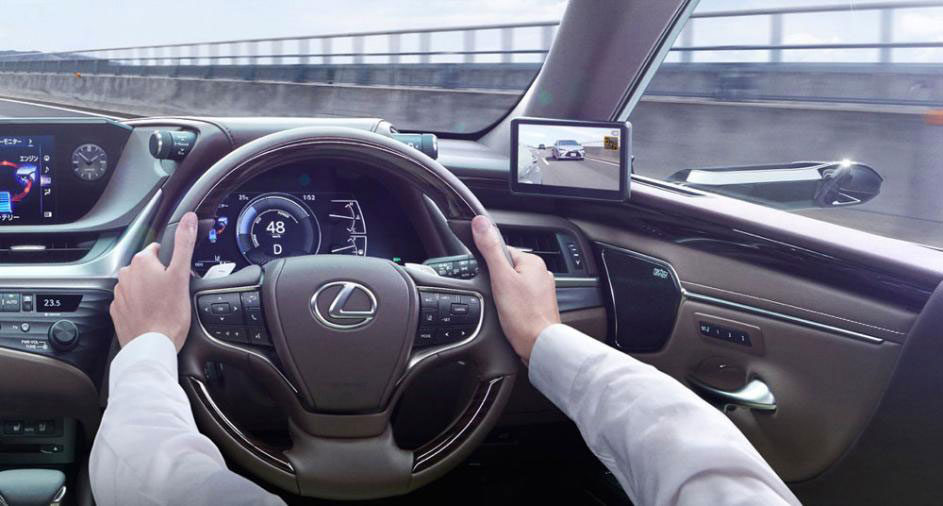
Challenges and limitations
- Regulatory and legal hurdles
One of the major obstacles to mirrorless vehicles is regulatory approval. Some countries have strict regulations mandating the use of traditional mirrors for road safety. However, as technology proves its reliability and benefits, regulatory bodies are beginning to adapt. Japan and the European Union have already approved the use of digital mirrors in production vehicles, while other regions, including the United States, are still undecided.
- Driver adaptation and learning curve
Transitioning from traditional mirrors to digital screens involves a learning curve. Drivers accustomed to conventional mirrors may find it challenging to rely on digital displays. Automakers must ensure intuitive placement and user-friendly interfaces to facilitate a seamless transition.
- 2D vision
The camera offers a 2D vision, with the result of missing depth, characteristic present in normal mirrors, which allow the driver to correctly evaluate the distance to other vehicles.
Moreover, normally drivers check mirrors very frequently: with a display there is the need to constantly focus from road to display vision, which is generating eye fatigue.
Mirrors reflect the light already bouncing off of existing objects. Since the light must travel from the object to the mirror and then to the driver, their eyes are still focusing on a faraway object. Any other existing defects to a driver’s eyesight (myopia, hyperopia, or otherwise) apply in the same way. In contrast, a camera transmits images to a display, which is the object to focus on and it’s much closer. With rearview mirrors replaced by screens – however strong glasses the driver is wearing, they can’t accommodate the quick focus change required since this is down to our eyes, not the glasses.
- Reliability and maintenance needs
Camera systems require consistent calibration and maintenance to function optimally. Environmental factors such as dust, rain, and snow can obscure camera lenses, potentially affecting visibility. Manufacturers need to incorporate self-cleaning mechanisms & defogging features. But most of all, technical failures are the issue. A failure of a camera, when traditional mirrors are not present, it’s a very dangerous case potentially source of fatal accidents: safety regulations would not allow the use unless redundant systems to ensure reliability are present. Redundant systems would also increase the cost for the manufacturer.
- Cost
Implementing mirrorless technology increases the overall cost of a vehicle due to the need for high-quality cameras, screens, and image-processing software. While the cost is expected to decrease as technology matures, affordability remains a concern for mass-market adoption.
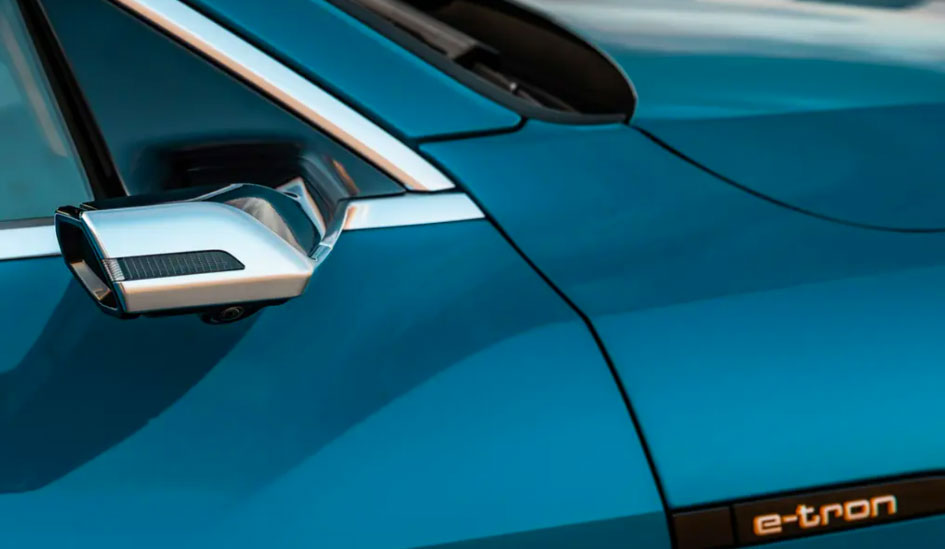

Current systems on the market
Several automakers have already introduced mirrorless vehicles into the market, paving the way for widespread adoption.
- Audi e-tron: One of the first production vehicles to feature mirrorless technology, the Audi e-tron offers side-view cameras with OLED displays inside the cabin.
- Lexus ES: Lexus has integrated digital side mirrors in select models, enhancing visibility and reducing aerodynamic drag.
- Honda e: Honda’s compact electric vehicle features an innovative mirrorless system, contributing to its futuristic design and efficiency.
- Tesla and Future EVs: Tesla and other EV manufacturers are exploring mirrorless technology.
- The Polestar 4 was shown as a complete mirrorless car at the New York Auto Show. Drivers are expected to rely on a digital rearview mirror, conventional side mirrors, and a handful of driver assistance systems. According to Polestar , the unique design “enhances also the interior space and the rearward view.”
- Ficosa: Pioneered digital mirror systems in 2018 and continues to expand in this segment, offering solutions for various vehicle markets.

- Gentex Developed the Full Display Mirror®, an intelligent rear-vision system that uses a custom camera and mirror-integrated video display to optimize a vehicle’s rearward view.
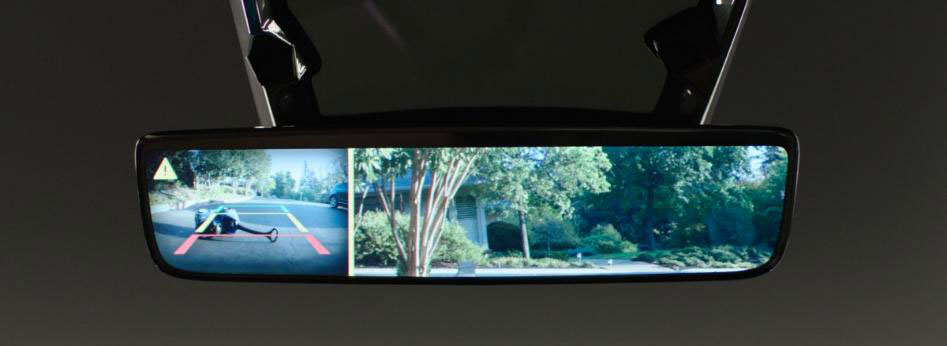
- Harman introduced their E-mirror, a camera and display combination that enhances visual awareness by providing valuable information such as distance to other vehicles or speed.
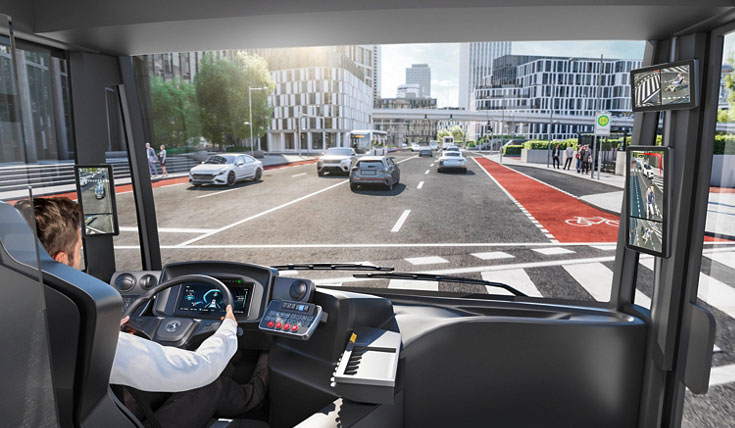
- Continental’s ProViu® i is a camera system that offers high-definition images, enhancing visibility in various driving conditions. It is been developed first for commercial and special vehicles.
As technology advances and regulations become more accommodating, more automakers are expected to adopt mirrorless systems across various vehicle segments.
What’s next?
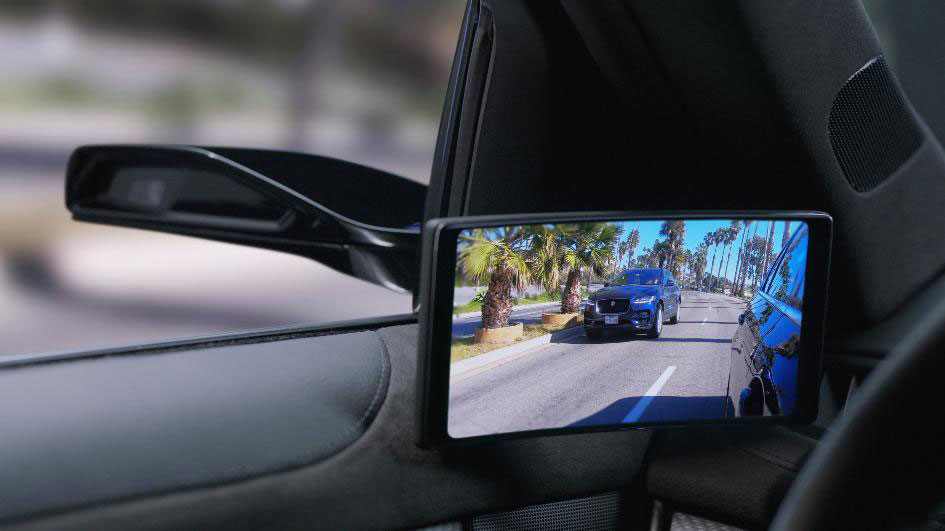
Mirrorless vehicles represent a significant leap upward in automotive innovation, combining improved safety, aerodynamics, and aesthetics. While challenges remain, ongoing technological advancements and regulatory changes will accelerate the adoption of this transformative technology. In the coming years, we could expect more mirrorless systems offered as an optional contributing to safer and more efficient transportation worldwide.
